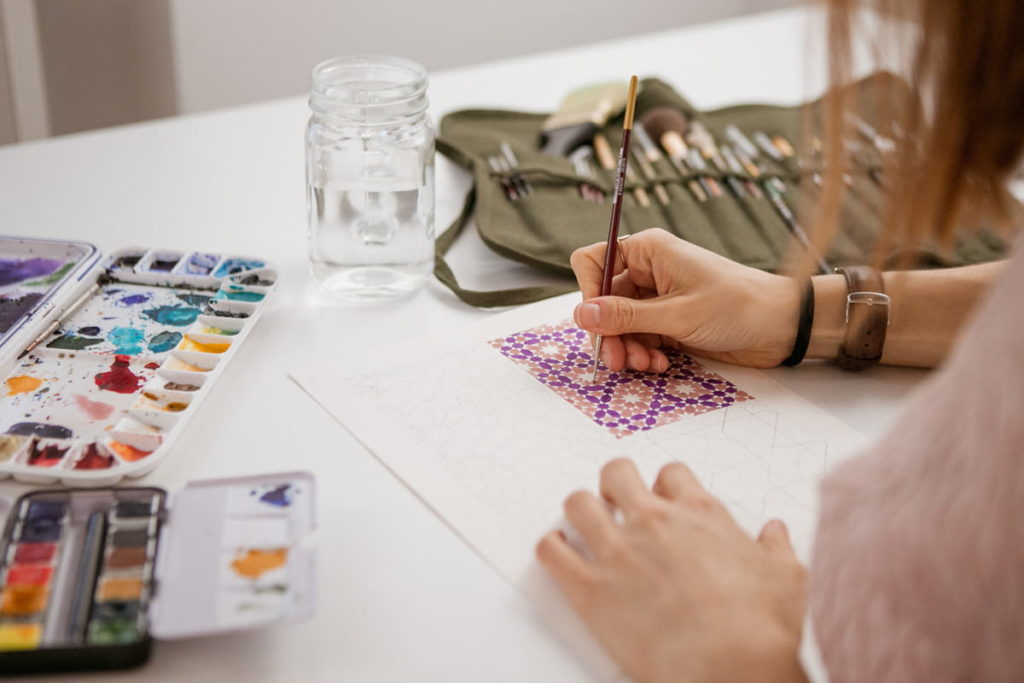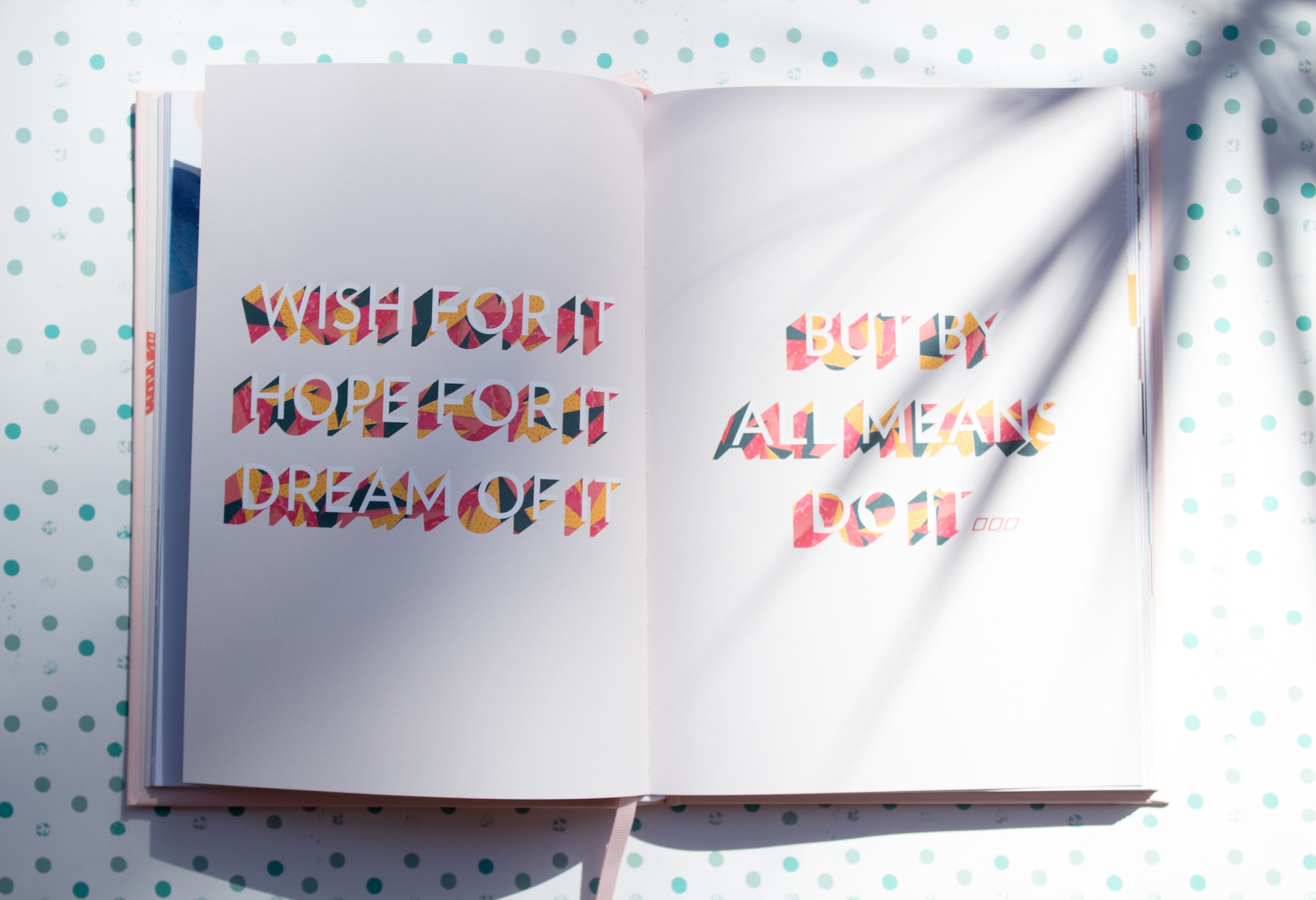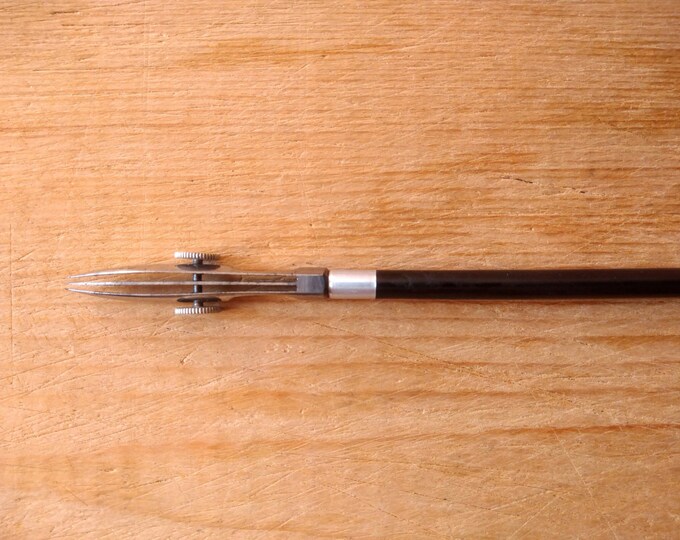
Sharing my favourite supplies for Islamic geometry is my favourite thing to do. I can spend hours talking about my geometry compass, the pencil I use, the best rubber for precision work etc. I love testing out new products and giving advice so that you don’t have to waste your money on stuff you won’t like or need. I’m the advice girl for sure HA!
When I first started my art journey 7 years ago, I had no idea good supplies could have an impact on my artwork! In the beginning, I used copy paper and wooden pencils to construct my Islamic geometric patterns and then painted them using the cheap watercolours you find at the drug store. And I don’t even want to talk about the “beautiful” brush that comes in those sets, with all the hairs damaged and splayed out.
Nothing wrong in starting with those, but your Islamic art really levels up once you upgrade your supplies.
You already know how fundamental being accurate in Islamic geometry is. And since I get asked this question all the time, here is the list of my favourite supplies.
PENCIL
When considering pencils, there are two main aspects to look into.
One is the type of pencil. The second is the type of lead.
There are 3 main types of pencils:
- Wooden pencil
- Mechanical pencil
- Clutch pencil
I don’t hate wooden pencils. I use it too from time to time, but only when it’s very well-sharpened. The you-could-kill-someone-with-it kind of sharp. The same applies to the clutch pencil: only sharpened leads are allowed (PSST! Use the lead sharpener, it will change your life).
The pencil I prefer the most is the mechanical pencil, but not the ordinary type of mechanical pencil. I am talking about the Kuru Toga, the only mechanical pencil with a rotating lead.
When it comes to the lead, aim to use a hard lead pencil when you are drawing. Your constructions will be less smudgy and more accurate. Anything from 2H to 6H is works. If you use a 0.3 mechanical pencil, I think the 2H is the hardest you could find.
Use the soft lead pencil only when you want to transfer your design. The softer the lead, the less energy you need to transfer it, but it also creates very thick lines. If you are doing small-size geometry, an HB or B lead is soft enough to transfer your pattern.
RUBBER
I know you might be thinking “You have a favourite rubber? Really?”. Yes, I do!
Again, nothing wrong with using the chunky rubber students use at school, but what if I told you that you could erase only one line without affecting the rest of the design?
That is only possible when you use something tiny like the Tombow Monozero Eraser. You can pick between the round or rectangular point. I personally use the round one.
It’s definitely my favourite tool to use because it allows me to correct mistakes in my tiny geometric miniatures without redrawing everything.
RULER
I don’t have much to say here, but definitely go for a clear plastic one with a metal edge.
I know this is not the best time in history to talk about plastic but seeing the lines underneath the ruler helps tremendously with accuracy. The metal edge is a nice touch, especially when you use cutters or blades to cut your paper.
COMPASS
This is by far my favourite tool. Without it, I wouldn’t be able to create my Islamic geometric patterns, and there are so many details to discuss about a compass that I can’t make it all fit here.
This is why, if you want to find out more about the details, here are some interesting posts to read:
Different Types of Geometry Compass
What Makes a Good Drafting Compass?
Where to Find the Best Drafting Compass
All in all, the best thing would be to find a vintage set because those are the best quality possible.
But if you are a beginner and you don’t want to spend your time treasure-hunting on eBay, here is the compass I suggest.
WATERCOLOURS
If you want to be satisfied with your artwork, listen up. The quality of the watercolours is everything. The vibrancy, the lightfastness, the pigment, everything looks 100x better when you upgrade your colours to professional grade rather than student’s grade.
I know they are expensive. They can be a real investment sometimes, but they also last a very long time. In 7 years, I think I had to purchase new pans only 1 time. Yep, that’s what I said, 1 time.
If you also want to give a story and a certain quality to your piece, I would also suggest going for hand-made watercolour paints. People love (and are willing to pay more) knowing that the artwork is hand-made in every detail.
BRUSH
By now, I’ve been only using miniature brushes, so I can only help with that.
What I usually look for is a tiny brush with short hair. I’ve seen many Islimi and Tezhip artists using long, curved squirrel hair. Those brushes hold a lot of paint in them, but you really have to train your hand to only use the tip to paint curved lines.
Since I don’t have curved lines in my paintings I prefer the short hair brush. It holds less paint, that’s for sure, but it gives me more stability and precision when it comes to my miniatures.
PAPER
When it comes to drawing, anything is better than copy paper. Please, just ignore the ream you have in your room. I know it’s calling your name, and it’s tempting, but it just doesn’t work. Your compass will eventually create a hole which will expand to the size of the universe the more you keep drawing. And you can kiss accuracy goodbye.
I use bristol paper for drawing. It’s thick, smooth, and it even holds marker ink without bleeding. I wouldn’t use watercolour on it tho, since it’s too watery.
But when it comes time to paint, my code word is “cold pressed, 300gsm, 100% cotton paper”. It’s thick, grainy and high quality, and your artwork will look fabulous. I promise.
Again, the “hand-made” rule applies here as well. If you can invest money into hand-made paper, your piece will suddenly gain more value. Someone calls it magic, and someone calls it “the power of storytelling”.
PALETTE
I don’t have a favourite palette, but I wanted to say something about it anyway.
So, there are plastic palettes and ceramic palettes.
Of course, ceramic palettes are the best ones because your paint won’t bead on it. But I also get that buying a ceramic palette might be expensive. So, here is a nice tutorial on “How to Stop Paint From Beading On A Plastic Palette” How to Stop Paint From Beading On A Plastic Palette (jennarainey.com).
WEAVING TOOL
First of all, I would like to say that this is not an essential tool. You don’t have to buy it, you don’t have to use it, but man, it just makes you want to interlace your patterns all day long.
If you don’t know already, there are different methods of creating the weaving when drawing geometric patterns (here is a tutorial for you if you need it http://sandykurt.com/weaving-freebie), and this tool is what I use all the time.
I might update this list of my favourite supplies for Islamic geometry when I find new stuff that I love, and that is worth sharing. For now, this is it.
I hope you love the idea of having it all in one place, with the links to the supplies, and why I suggest them.
What are your favourite supplies? Are they on this list?
*** This blog contains affiliate links. This means I’ll receive a small commission at no extra cost to you. This helps to support my work so that I can continue to make valuable free content for you.
My favourite supplies for Islamic geometry and why
October 10, 2023



+ show Comments
- Hide Comments